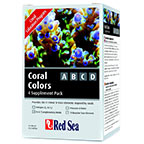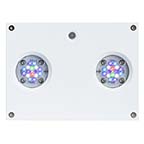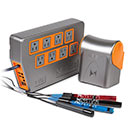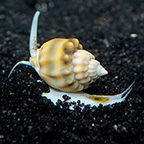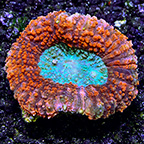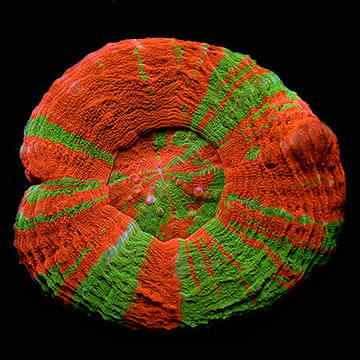
Additional locales and sizes may be available!
Additional locales and sizes may be available! Email me when availableQuick Stats
What do these Quick Stats mean? Click here for more information
What do these Quick Stats mean? Click here for more information
Overview
The Australian Scolymia Coral is easy to maintain in the reef aquarium, and makes a perfect complement to bivalves as in the wild, it is often found in association with Tridacna Clams. It makes an excellent choice for both the beginner and advanced reef aquarist. It requires moderate lighting combined with moderate water movement within the reef aquarium. For continued good health, it will also require the addition of calcium, strontium, and other trace elements to the water. Its feeding tentacles appear during the evening and while exposed, will feed on meaty foods such as micro-plankton or brine shrimp.
Approximate Purchase Size: Small: 1-1/4" to 2-1/4"; Medium: 2" to 3-1/2"; Large: 3-1/2" to 5-1/4"





